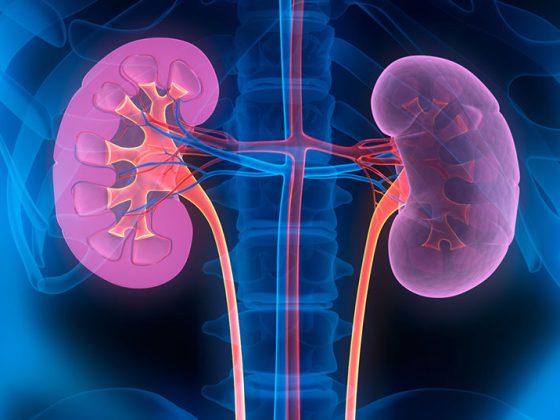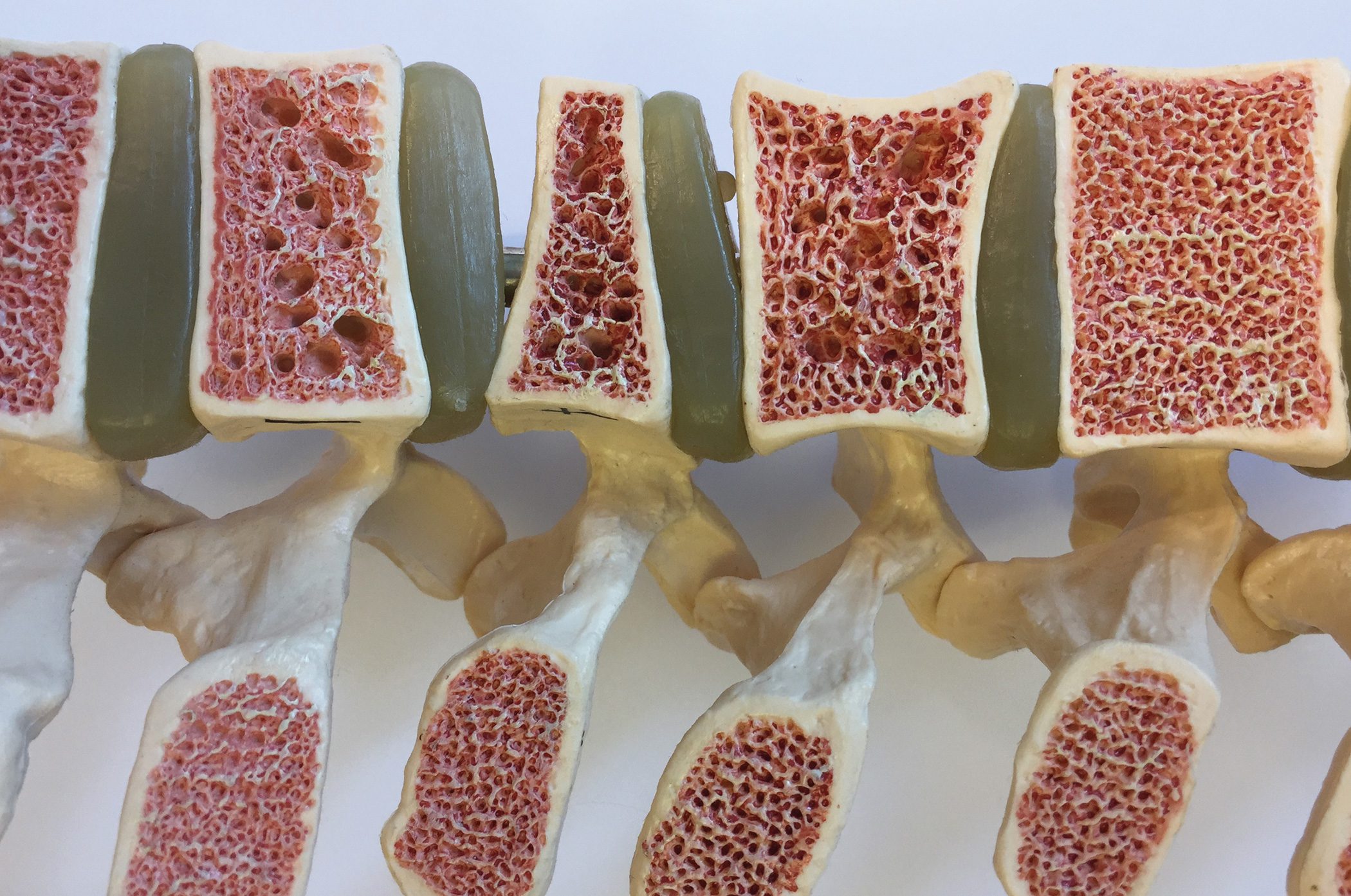Obesity and physical inactivity are two challenges that are becoming more prevalent. Therefore, current guidelines recommend regular exercise not only as a preventative measure against heart disease, but also for people with cardiovascular disease.
Patients with cardiovascular diseases do not have to do without exercise and sports training. Sports cardiologists who presented their current guidelines at the ESC came to this recommendation. Regular exercise and sport as part of treatment can therefore have a positive effect on several cardiovascular diseases. Which sport is indicated at what intensity is suggested by the elaborations of the experts. However, before intensive training, appropriate risk stratification and optimal treatment of all risk factors should be performed. After that, an exercise plan can be created in consultation with the physician and documented as part of the medical records. However, experts agree that, in principle, all people with coronary heart disease can participate in recreational as well as competitive sports. Patients with heart disease should exercise daily if possible, but at least 150 minutes a week. Endurance training with medium intensity is recommended as a basis.
Individualized training program
The risk of exercise causing a heart attack or cardiac arrest is extremely low. Even heart failure patients benefit from exercise if they are clinically stable. Here, an individualized training program closely coordinated with the physician should be applied. In advance, all risk factors must be optimally controlled and treated, including possible device therapy with a pacemaker or ICD. In addition, before initiating a low to moderate intensity exercise program, a stress ECG should be performed. In addition, regular, moderate exercise can also prevent cardiac arrhythmias. Since atrial fibrillation is a systemic disease that is also favored by obesity, high blood pressure and diabetes, exercise can have positive effects. For patients without heart disease but at increased cardiovascular risk due to hypertension, obesity, or diabetes, the guideline recommends a moderate to more intense exercise program to reduce cardiovascular risk. Strength training at least 3 times a week, for example with light weights, plus moderate to intense aerobic endurance training 5 to 7 times a week for at least half an hour, would be ideal. Running, cycling or swimming are particularly suitable for this, according to the recommendation of sports cardiologists. The guideline includes recommendations for the practice of recreational sports for people with various cardiovascular diseases and conditions that increase cardiovascular risk, such as obesity or type 2 diabetes. In addition, summary “What to do?” and “What not to do?” tables are provided at the end of the guideline.
Source: ESC Congress 2020
CARDIOVASC 2020; 19(3): 22 (published 9/18/20, ahead of print).












